Wanting to work a small, easy-to-wash, and easy-to-iron bag, I looked for an insert that was the appropriate size, solid, clean, inexpensive, and easy to find. I decided on a milk pack. Cut to the desired length,
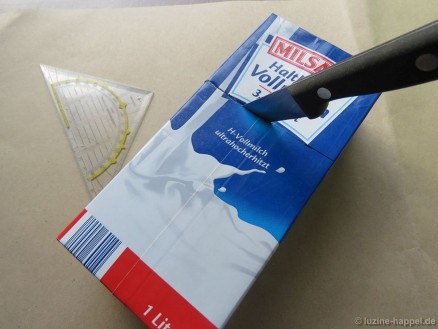 it is washed out and painted white.
it is washed out and painted white.
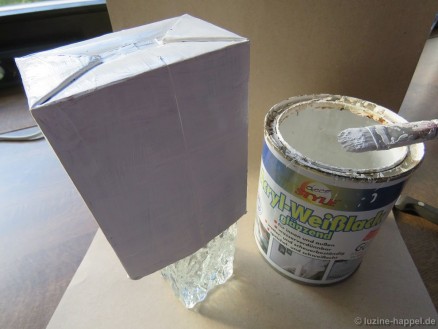 The box measures 9 cm in the width, 6 cm in the depth, and 12 cm in the height. Linen (16/cm thread count) is cut to measure 19 cm (width + depth + 2 X 1 cm seam allowance + 2 cm extra for shrinking) X 46 cm (2 X high + 3 X depth + 2 X 2 cm seam allowance).
The box measures 9 cm in the width, 6 cm in the depth, and 12 cm in the height. Linen (16/cm thread count) is cut to measure 19 cm (width + depth + 2 X 1 cm seam allowance + 2 cm extra for shrinking) X 46 cm (2 X high + 3 X depth + 2 X 2 cm seam allowance).
The front side is embroidered with a small design.
The long edges are finished to prevent fraying.
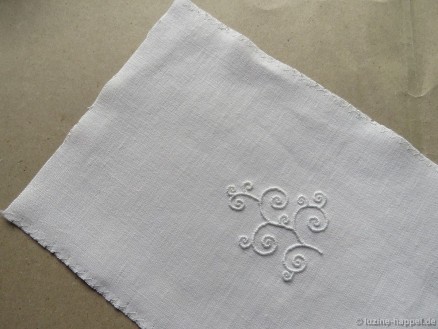 The piece is washed (boiled to shrink), starched, and ironed.
The piece is washed (boiled to shrink), starched, and ironed.
With right sides together, the linen is folded at the middle of the long sides. Out from the vertical center axis, it is measured 7.8 cm (width + 2 x ½ depth + 2 X 3 mm) to each side and marked.
Along the marks, both sides are sewn closed.
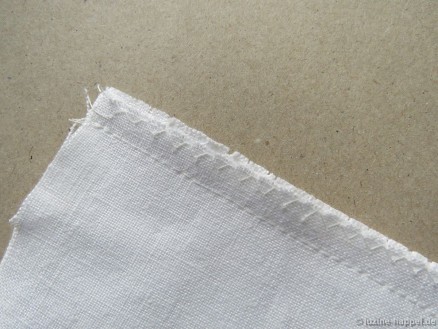 The seam allowances are pressed open.
The seam allowances are pressed open.
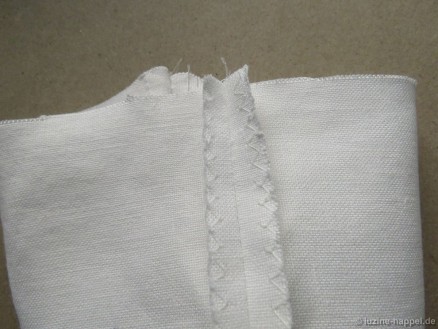 Now the fit is tested to determine if the box fits well into the linen bag. If the bag is too wide, remove the sewing line and resew it a small step inwards. If the bag is too tight, remove the sewing line and resew it a small step outwards. But if measuring was accurate this should not happen.
Now the fit is tested to determine if the box fits well into the linen bag. If the bag is too wide, remove the sewing line and resew it a small step inwards. If the bag is too tight, remove the sewing line and resew it a small step outwards. But if measuring was accurate this should not happen.
 At the top edge, fold under 1 cm and then fold another 1 cm for the hem; secure it.
At the top edge, fold under 1 cm and then fold another 1 cm for the hem; secure it.
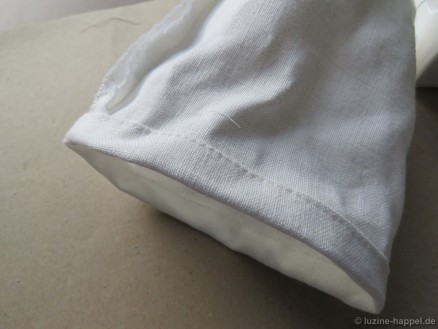 Turn the bag inside out, and iron it again. Put the box into the bag, fold the bottom corners in, and press the bottom of the bag.
Turn the bag inside out, and iron it again. Put the box into the bag, fold the bottom corners in, and press the bottom of the bag.
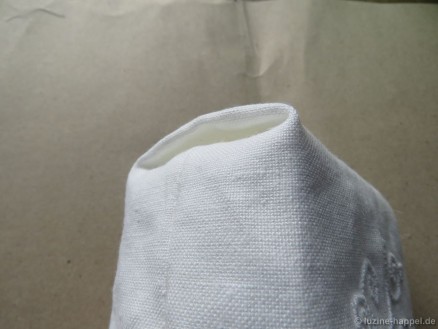 Also fold the top edges as seen in the picture.
Also fold the top edges as seen in the picture.
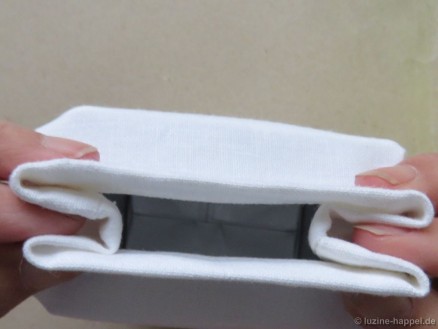 Closed with a clip, it is a nice bag for small gifts – individual and extravagant!
Closed with a clip, it is a nice bag for small gifts – individual and extravagant!
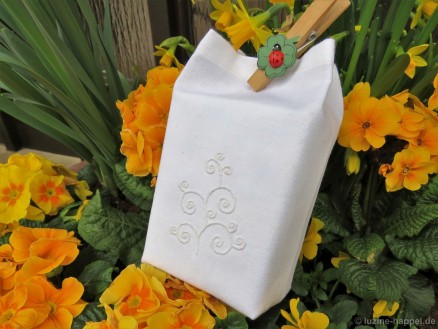 And a further tip: Making the bag taller so that it can be folded, it is suitable for making an Advent calendar: the upper section of the bag is folded over a string and fastened with a clip.
And a further tip: Making the bag taller so that it can be folded, it is suitable for making an Advent calendar: the upper section of the bag is folded over a string and fastened with a clip.
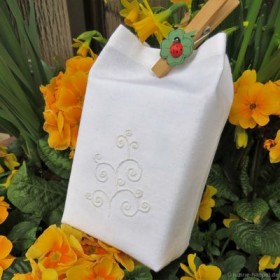

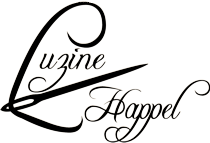
Leave a Reply